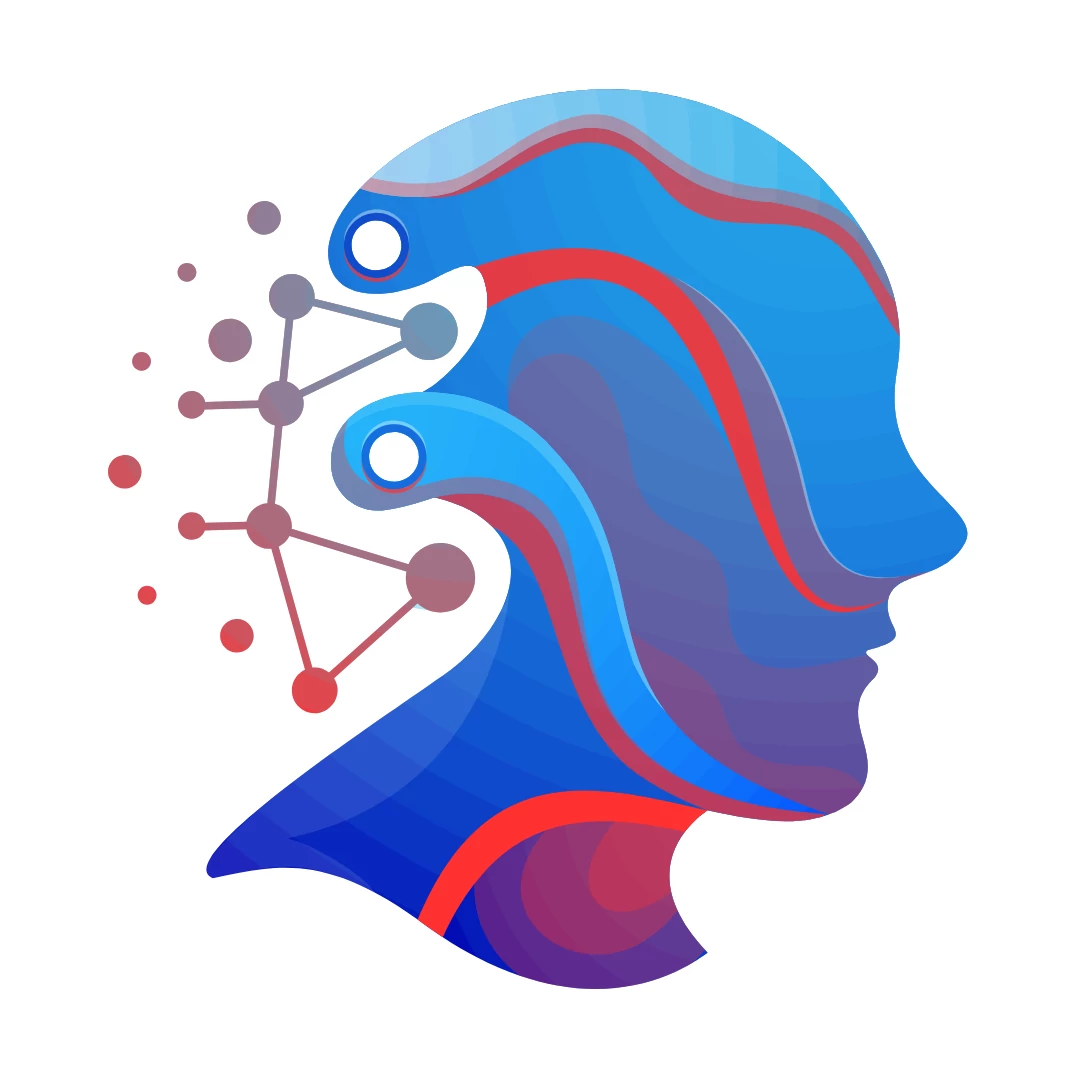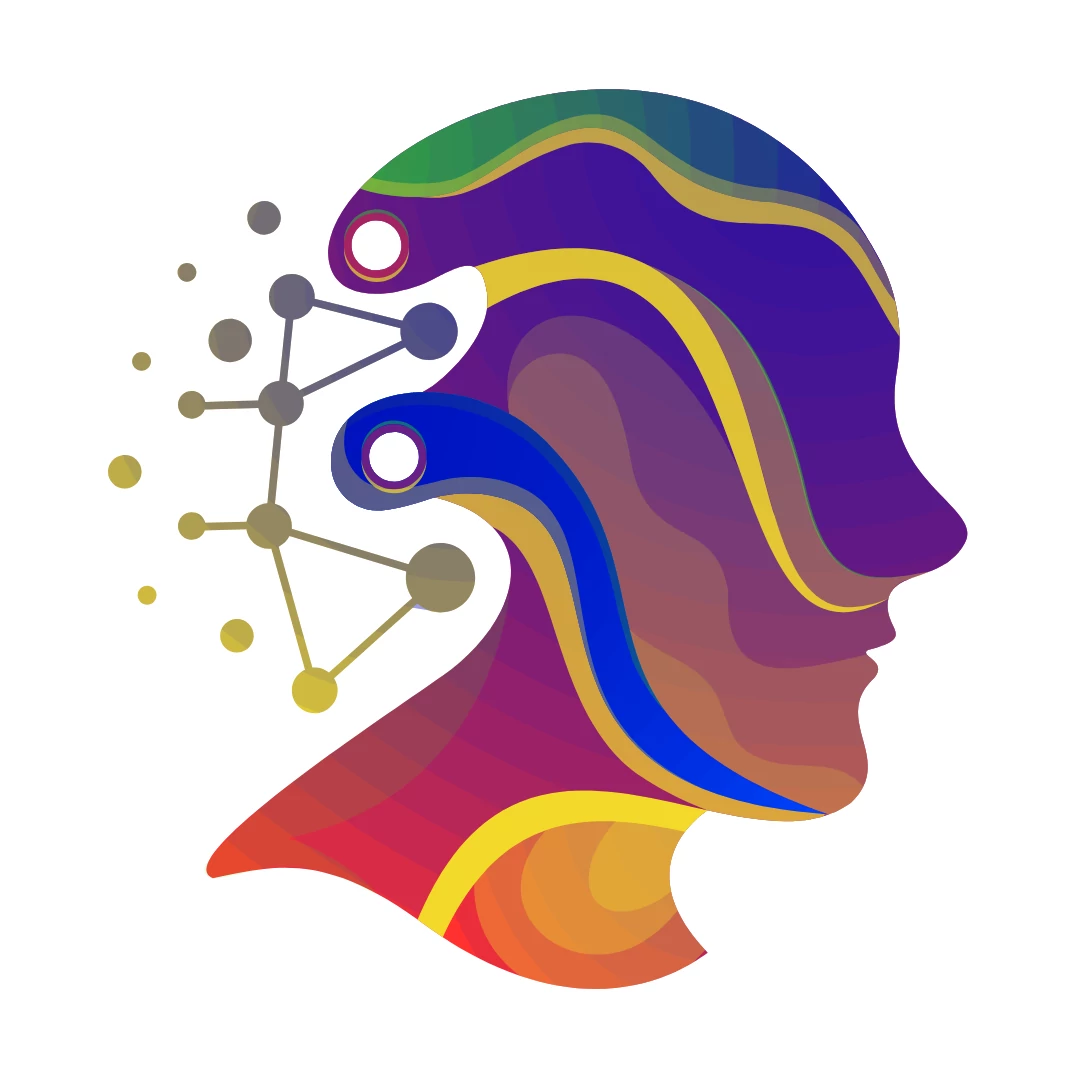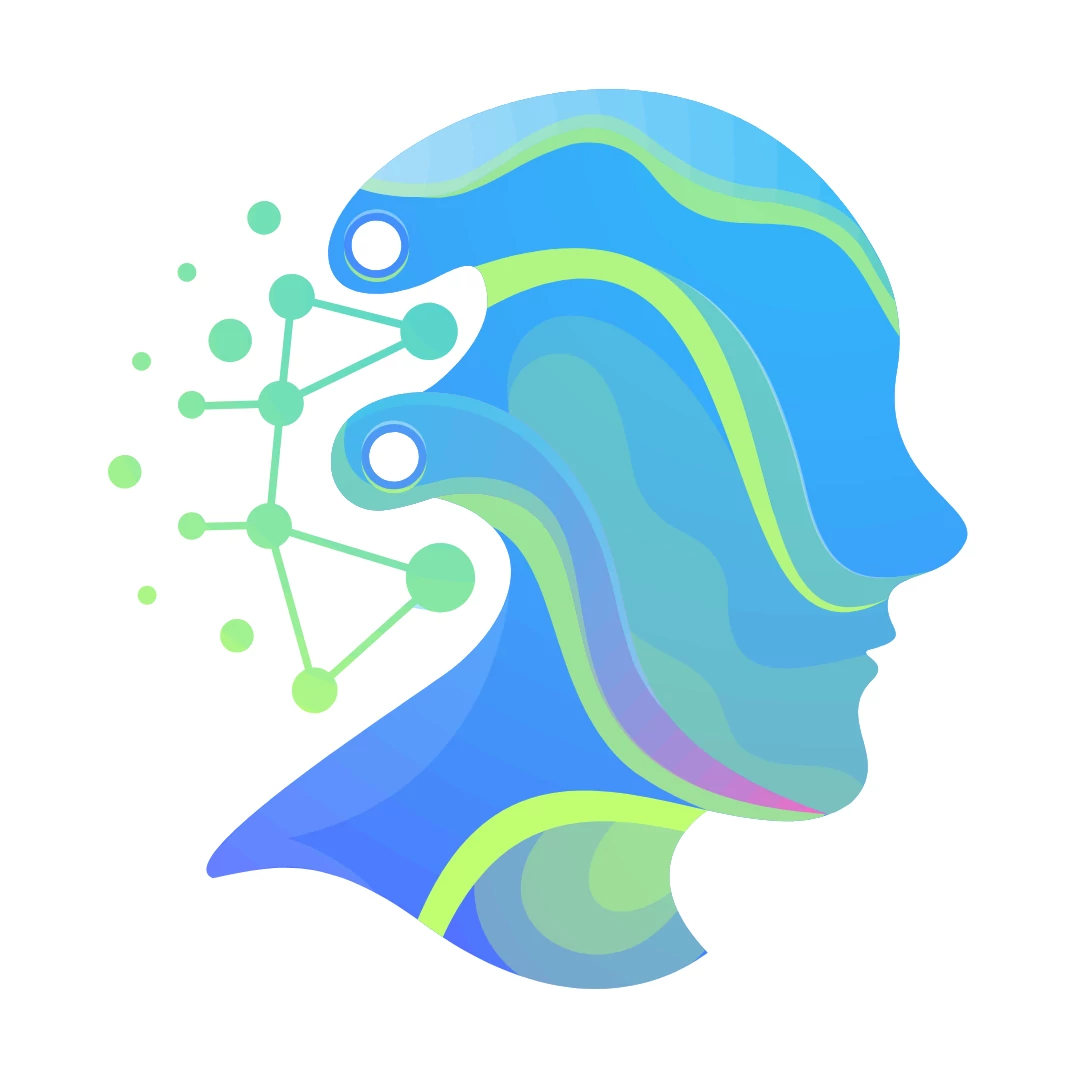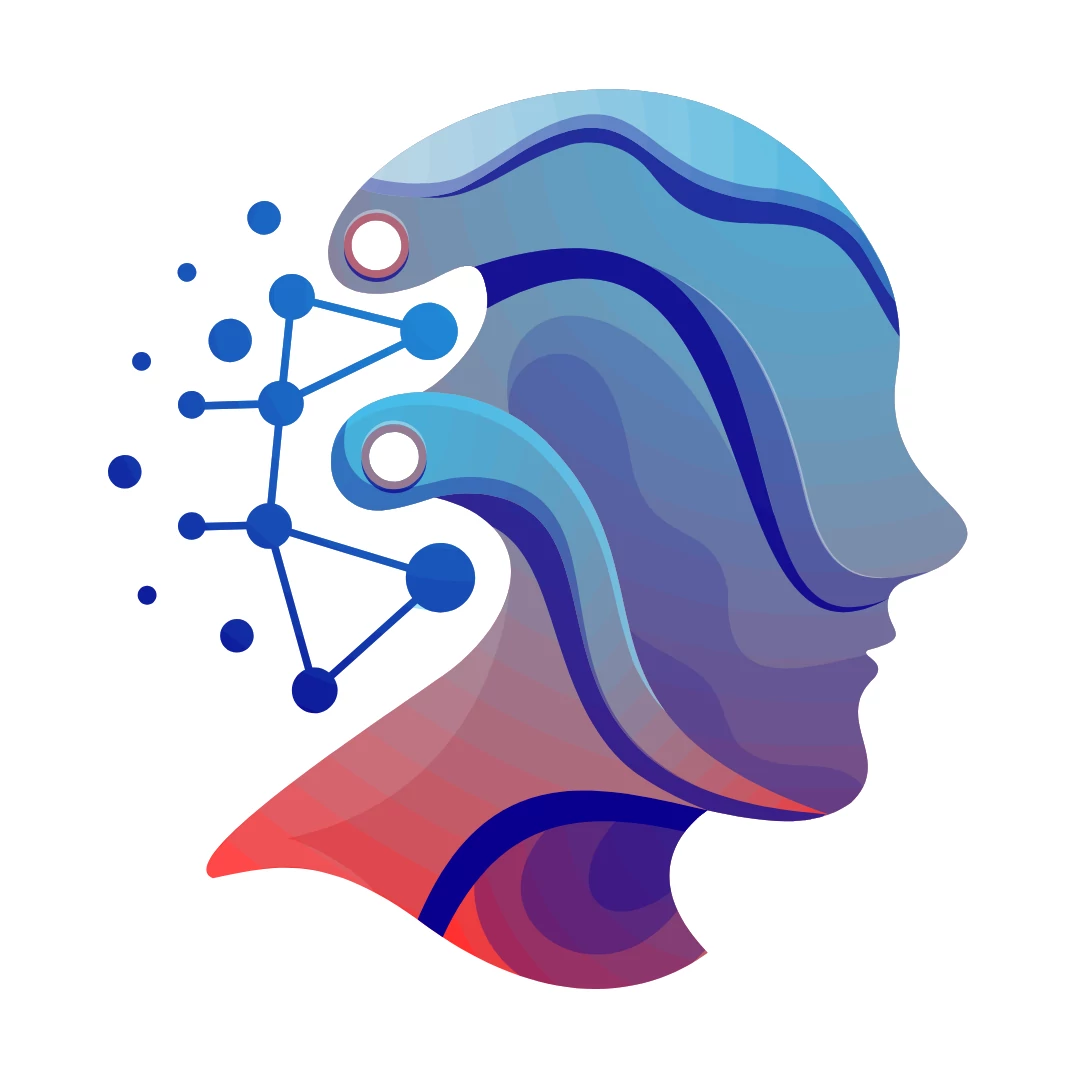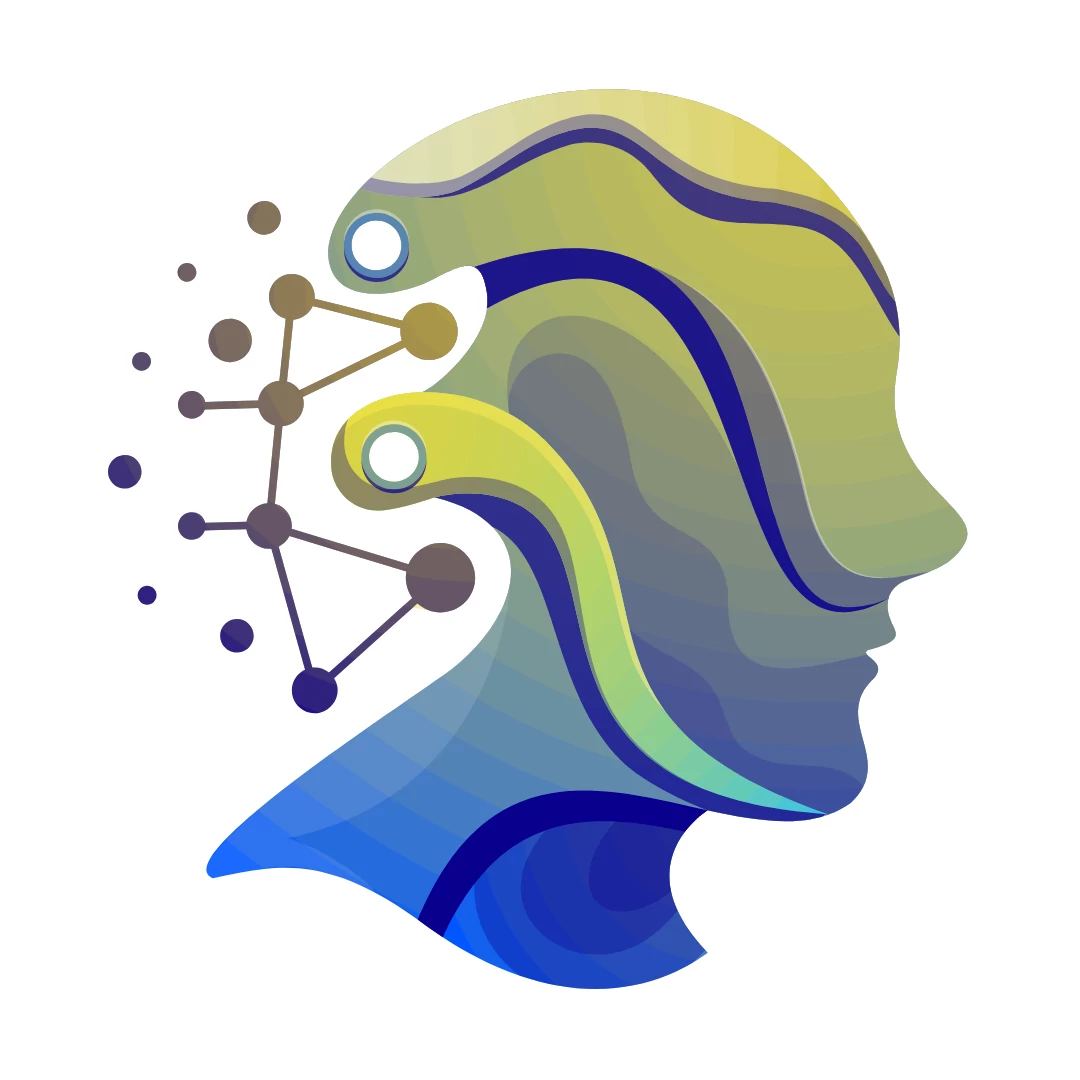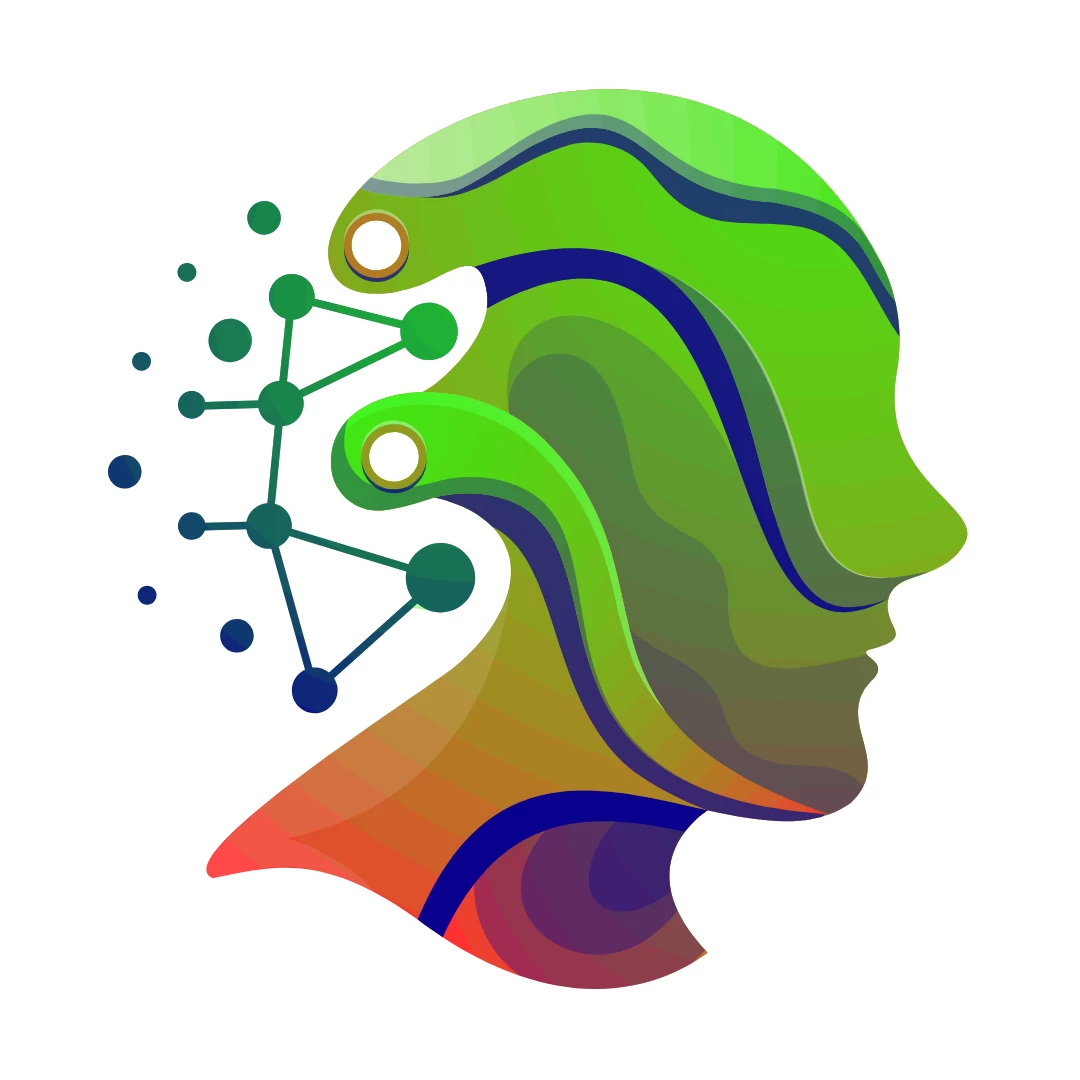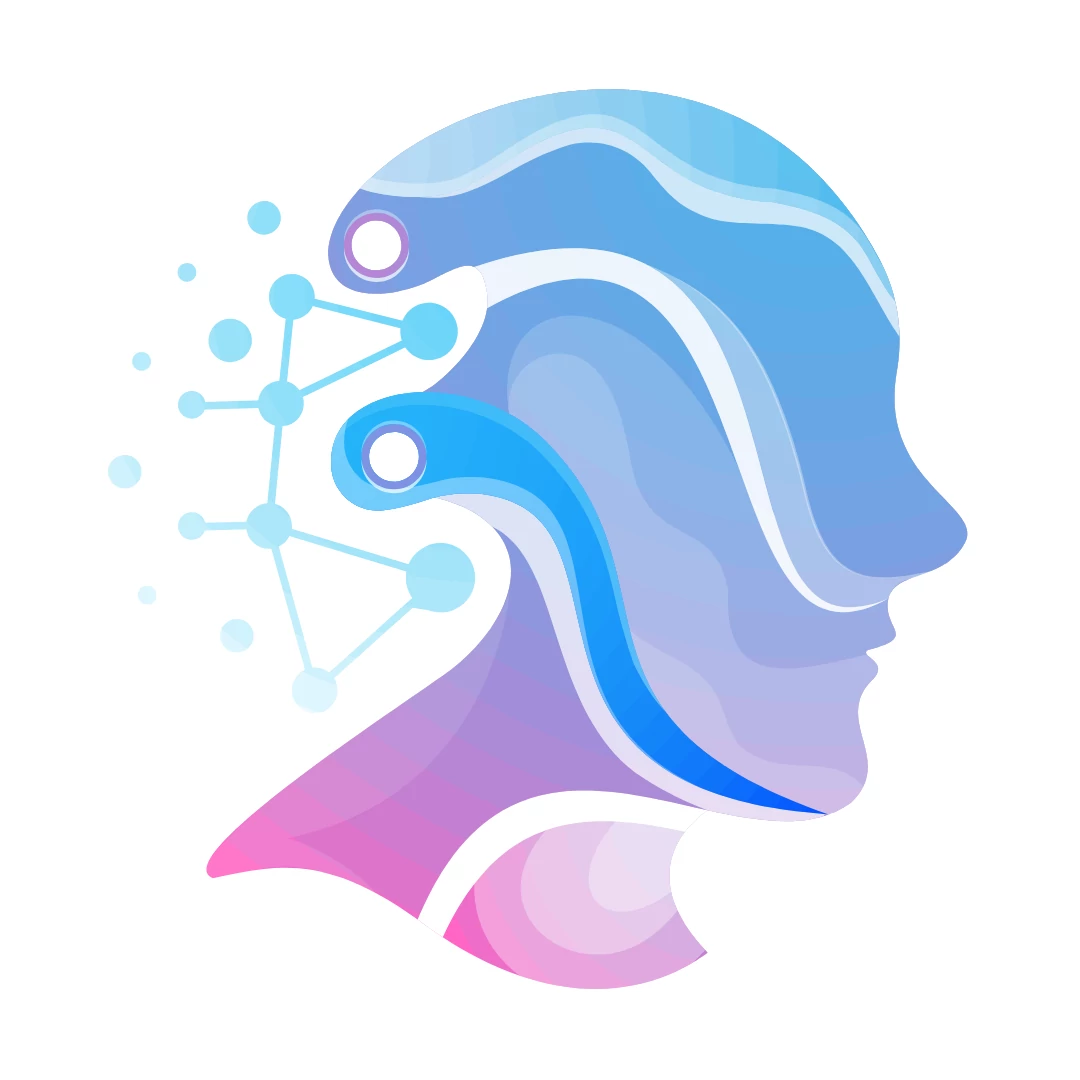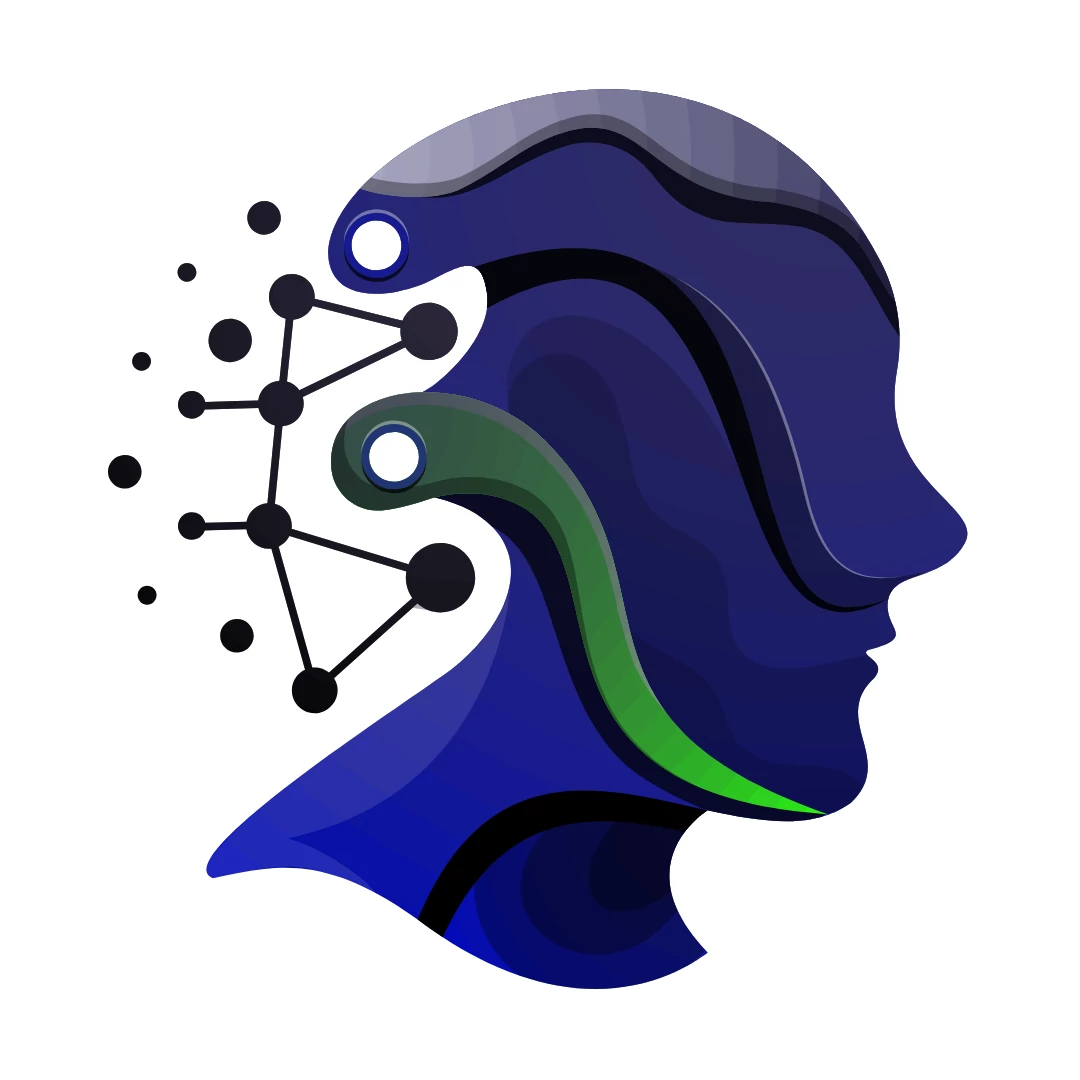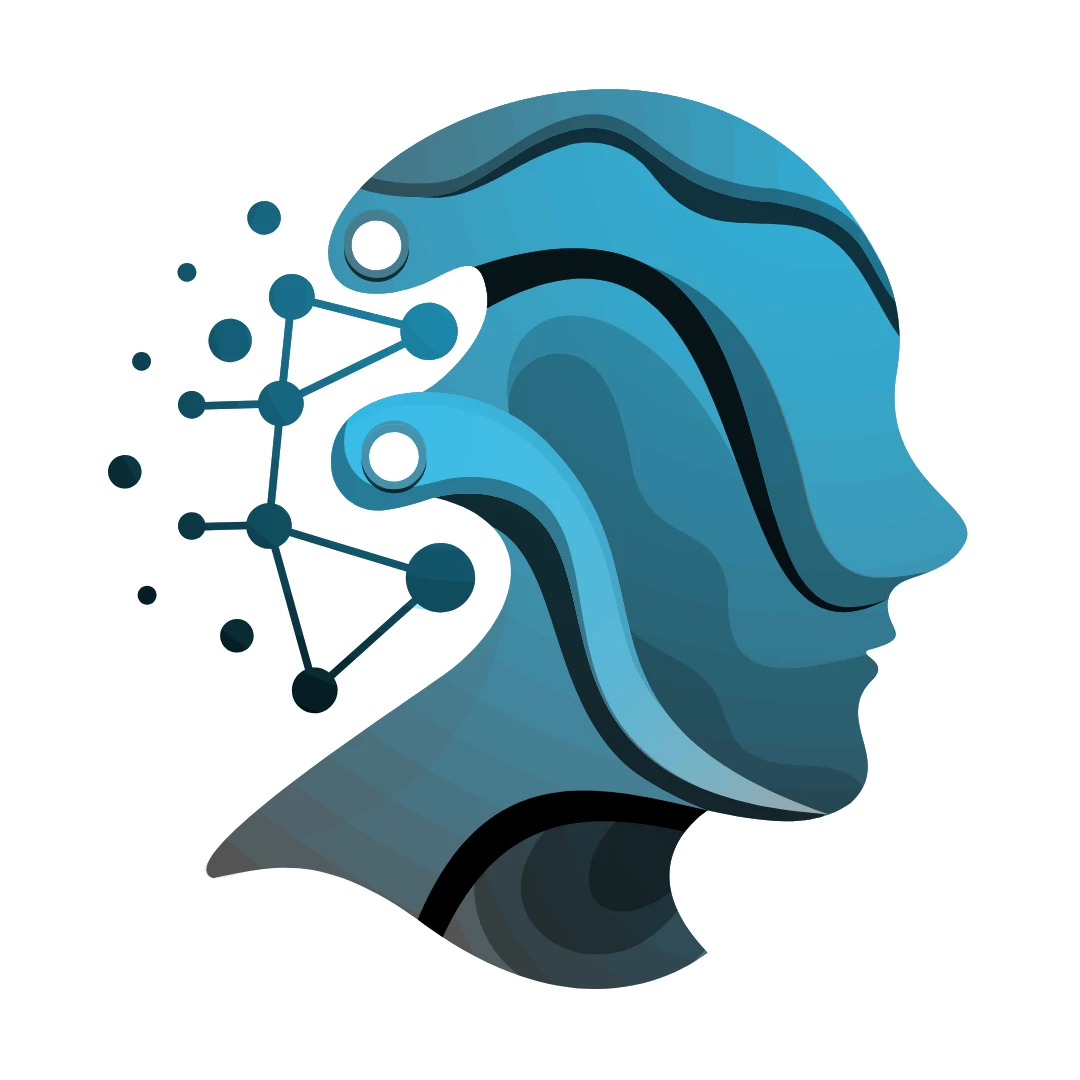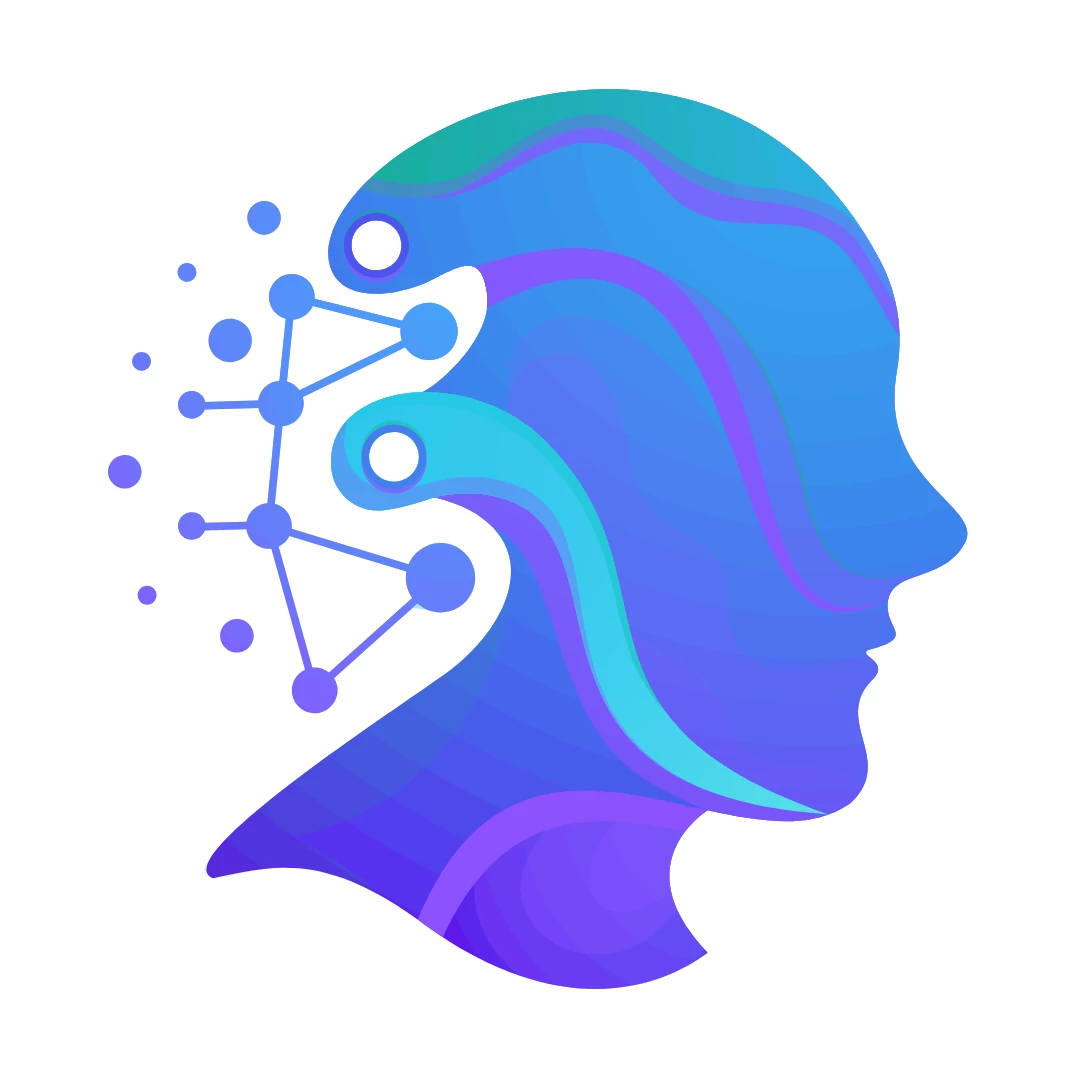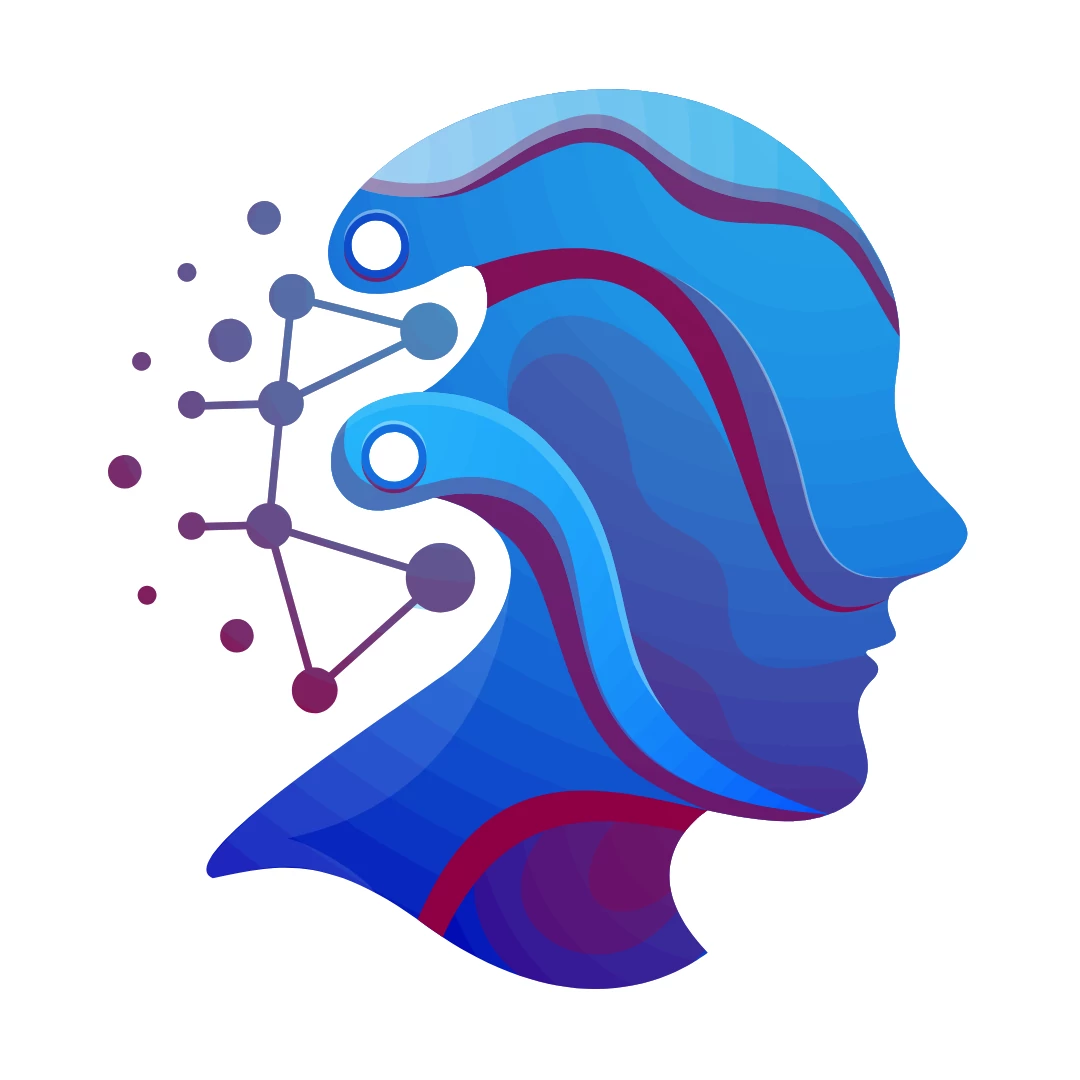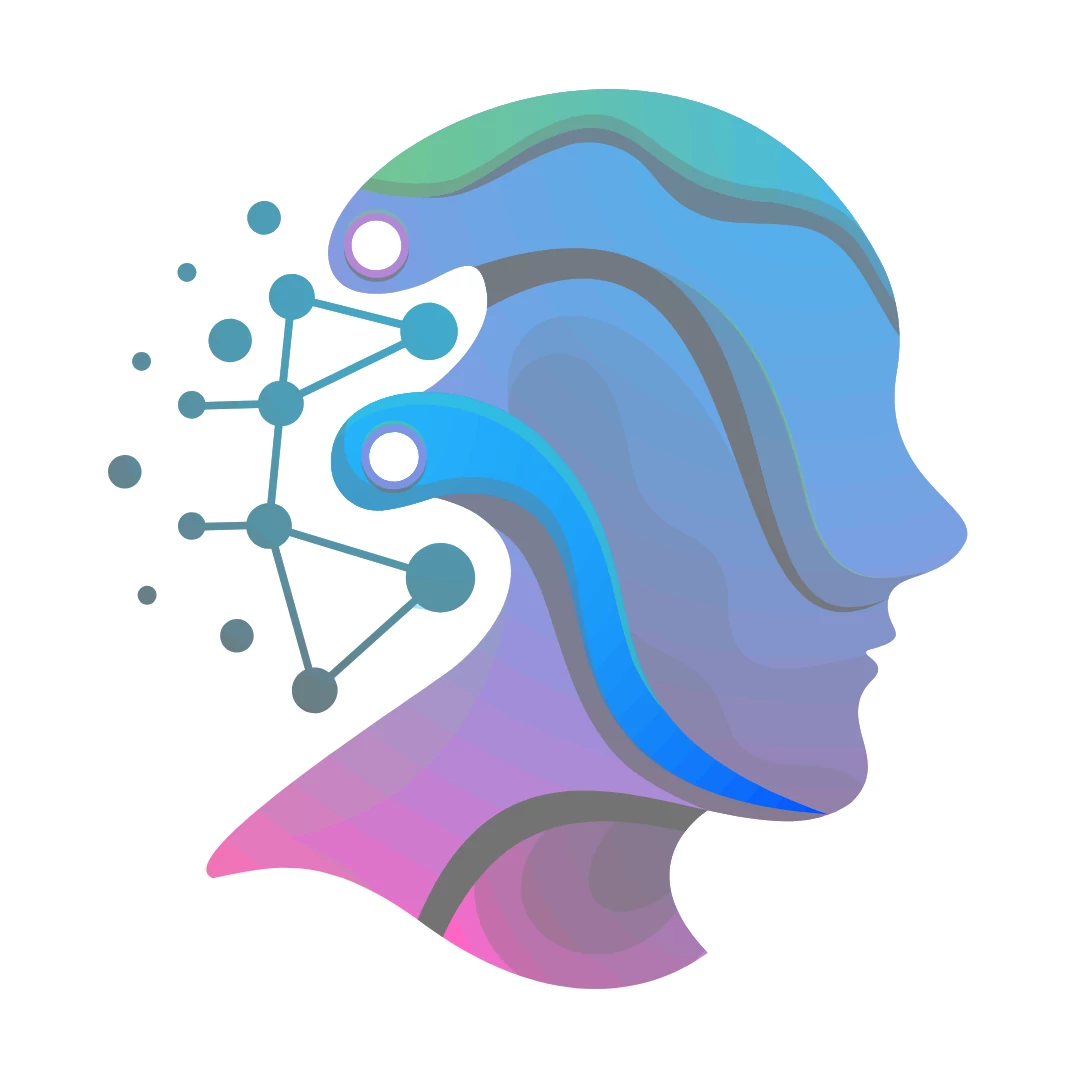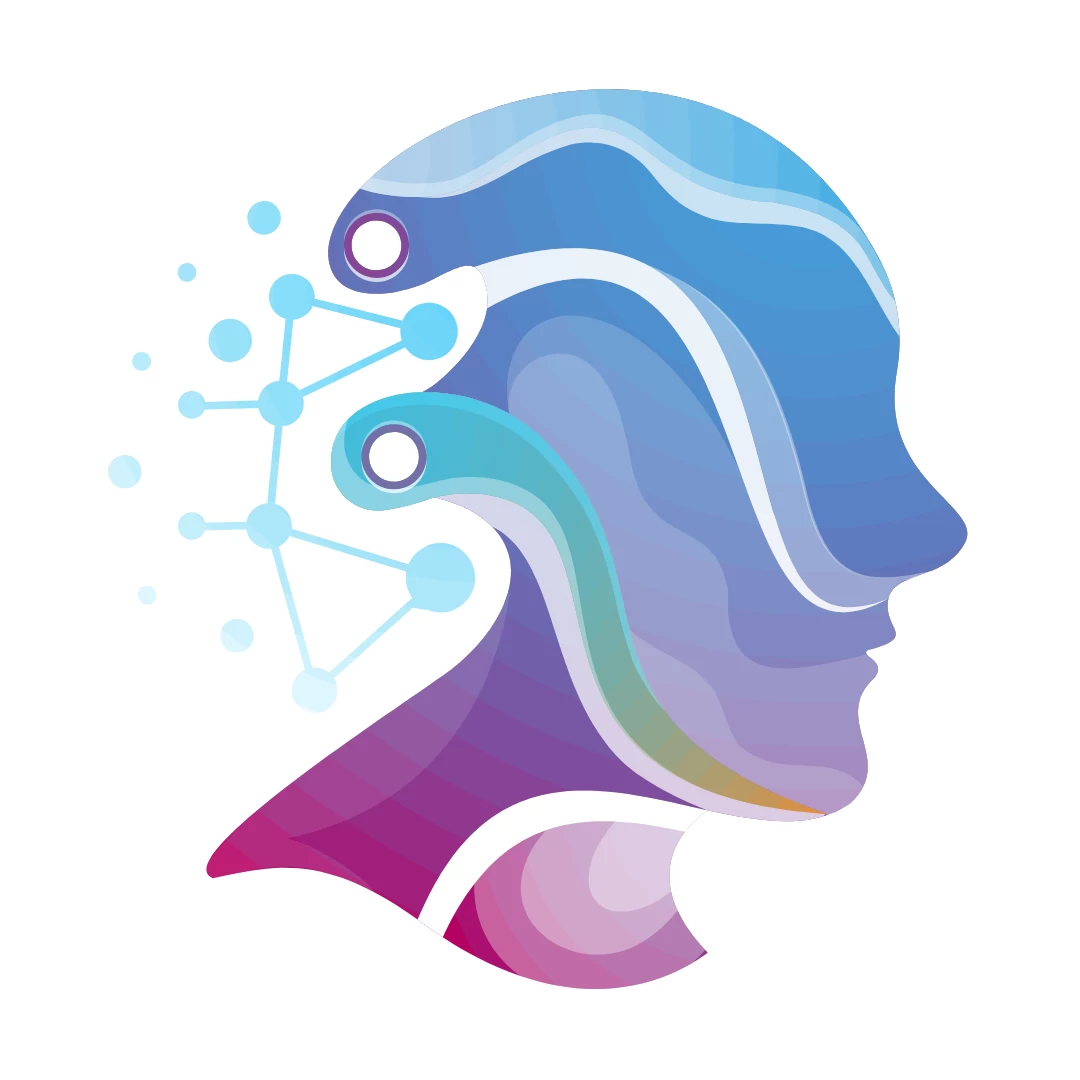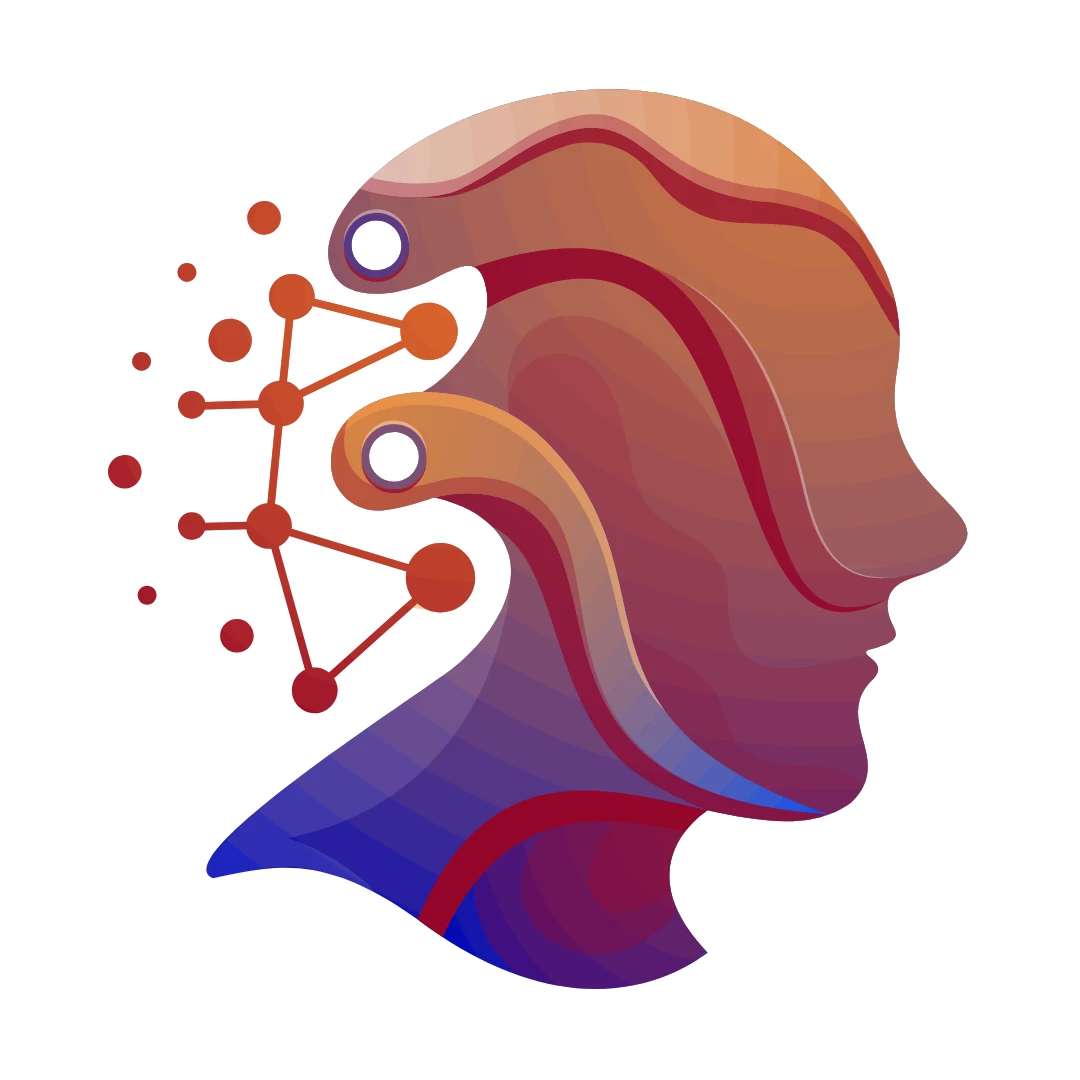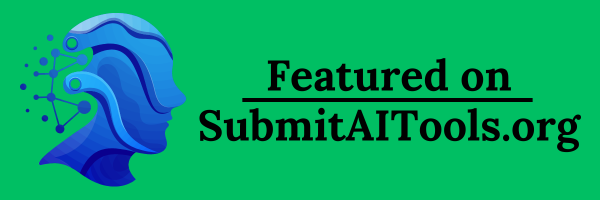🧠 AI Quiz
Think you really understand Artificial Intelligence?
Test yourself and see how well you know the world of AI.
Answer AI-related questions, compete with other users, and prove that
you’re among the best when it comes to AI knowledge.
Reach the top of our leaderboard.

UPDF AI
is a GPT-powered assistant integrated into the UPDF app, an all-in-one PDF editor.
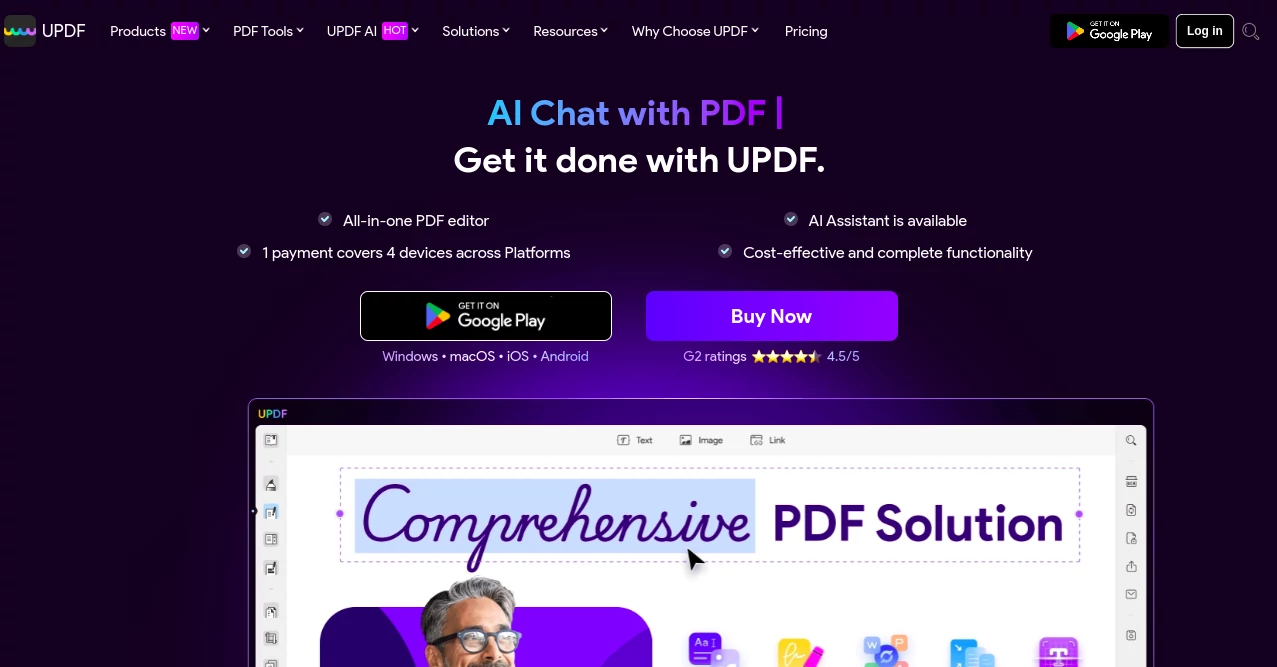
What is UPDF AI?
Abstract
In the realm of digital document management, UPDF emerges as a comprehensive, AI-integrated solution for PDF editing, annotation, conversion, and organization. This study examines UPDF's multifaceted functionalities, cross-platform compatibility, and its integration of artificial intelligence to enhance user interaction with PDF documents.
Introduction
The Portable Document Format (PDF) remains a ubiquitous medium for document exchange across various sectors. Efficient manipulation of PDFs necessitates robust tools capable of editing, annotating, converting, and organizing content seamlessly. UPDF positions itself as an all-encompassing PDF editor, incorporating AI capabilities to augment traditional functionalities. This paper provides an in-depth analysis of UPDF's features and its potential impact on document management workflows.
Features and Functionalities
1. AI Integration
UPDF leverages artificial intelligence to offer advanced features, including:
Summarization:
Condenses lengthy PDFs, extracting key information to facilitate quick comprehension.
Translation:
Supports translation of PDFs into over 10 languages while preserving the original format and layout.
Interactive Chat:
Allows users to engage in dialogue with the content, posing questions to better understand the material.
Mind Map Conversion:
Transforms PDFs into mind maps, aiding in the visualization of document structure and main ideas.
2. Editing Capabilities
UPDF provides comprehensive tools for modifying PDF content:
Text and Image Editing:
Users can add, delete, or modify text and images, with options to adjust font style, size, and color.
Link and Watermark Management:
Facilitates the insertion and editing of hyperlinks and watermarks within documents.
3. Annotation Tools
To enhance document review processes, UPDF offers:
Markup Tools:
Highlighting, underlining, and striking through text.
Commentary Features:
Addition of sticky notes, text boxes, and various shapes for detailed annotations.
4. Conversion and OCR
UPDF supports conversion of PDFs into multiple formats, including Word, Excel, and image files, while preserving original layouts. The Optical Character Recognition (OCR) functionality enables the transformation of scanned documents into editable and searchable text, supporting over 15 languages.
5. Organizational Tools
The software allows for efficient management of PDF pages through:
Page Manipulation:
Insertion, deletion, rotation, extraction, splitting, and rearrangement of pages.
Merging and Splitting:
Combining multiple PDFs into a single document or dividing a PDF into separate files.
6. Cross-Platform Compatibility
A notable feature of UPDF is its availability across various platforms, including Windows, macOS, iOS, and Android, ensuring a consistent user experience across devices.
Discussion
The integration of AI within UPDF distinguishes it from traditional PDF editors by introducing intelligent features that streamline document processing tasks. The summarization and translation tools, in particular, enhance productivity by reducing the time required to extract and comprehend information from extensive documents. Furthermore, the interactive chat feature represents an innovative approach to document interaction, allowing users to query content directly.
UPDF's comprehensive editing and annotation tools cater to both basic and advanced user needs, making it suitable for a wide range of applications, from academic research to corporate document management. The cross-platform support ensures that users can maintain workflow continuity across different devices, a critical factor in today's mobile-centric work environments.
Conclusion
UPDF exemplifies the evolution of PDF editors by integrating artificial intelligence to enhance traditional functionalities. Its robust feature set, combined with cross-platform compatibility, positions it as a versatile tool in the digital document management landscape. Future developments could further expand its AI capabilities, solidifying its role as a pivotal application for efficient and intelligent document processing.
Recommended Pages for This Product
AI PDF Reader
UPDF delivers the ultimate PDF reading experience with multiple viewing modes, cross-platform support, AI and smart features.
Compress PDF Effortlessly
Reduce your large PDF file size with just one click to make sharing a breeze.
Protect PDF
Encrypt PDF documents by adding password, redacting, with security space, and adding watermark feature.
Annotate & Markup PDF
Use UPDF's wide array of annotating functions to mark up your PDFs. Visualize ideas by drawing straight into the document. Work together, share feedback, review documents - all in one place.
Organize PDF
Effortlessly rearrange PDF pages: add, delete, rotate, replace, extract, split, crop, and change PDF page order with ease!
Edit PDFs
UPDF makes editing PDF as in Word. It is easy to edit the text, images, watermarks, links, background, headers and footers, forms, pages, and more in PDFs.
Batch PDF Processing
UPDF offers powerful batch PDF features — including batch OCR, compress, convert, create, combine, encrypt, and more — designed to eliminate manual, repetitive tasks and boost your productivity.
Convert PDFs
Swiftly convert PDFs and seamlessly bridge to Word, Excel, PowerPoint, Images, and beyond!
Create, Fill, and Sign PDF
Seamlessly create dynamic PDF forms, fill them effortlessly, enhance security with digital or electronic signatures, and embrace a paperless workflow through easy sharing and distribution.
OCR PDF with AI
OCR recognizes PDFs in 38 languages to easily convert scanned PDFs, paper docs, and images into searchable and editable PDFs. Available on Windows and Mac with Apple Chip.
UPDF Cloud
UPDF Cloud provides a better way to work with PDFs across platforms and devices. Store and organize your PDF documents with this cloud-based storage and make your work efficient and productive.
Free Online AI Email Writer
UPDF AI Email Writer helps business professionals craft business emails for requests, invitations, project follow-ups, task announcements, assignments, and more—ensuring clear, professional, and effective communication every time.
Free Online AI Sentence Rewriter
No matter your industry, UPDF AI Sentence Rewriter helps you rewrite sentences in brochures, presentations, contracts, and more—making your documents clearer, more professional, and easier to understand. It saves time by quickly refining your content while preserving your original message.
Free Online AI Poem Generator
UPDF AI Poem Generator is a powerful tool for beginners looking to explore the art of poetry. Whether you need inspiration or a starting point, it helps spark creativity by generating thoughtful and expressive poems with ease—no writing experience required.
Free Online AI Writer
Business professionals can rely on UPDF AI Writer to instantly generate polished emails, proposals, reports, and business plans—saving time while maintaining clarity and tone. For marketers, it’s a powerful tool to boost productivity by creating engaging social media posts, product descriptions, promotional content, and marketing copy. UPDF AI streamlines your workflow and helps you deliver high-quality content faster and more efficiently.
Free Online AI Proofreader Tool
UPDF AI Proofreader is ideal for polishing academic content. It helps reduce errors in spelling, grammar, and formatting while enhancing readability and overall professionalism—making your writing clearer, more credible, and ready for submission or publication.
Free Online AI PDF to Flashcard Generator
Students and learners can use a PDF to Flashcard Generator to convert textbooks, lecture notes, and research papers into flashcards. This helps them identify key concepts, reinforce memory, and enhance study efficiency. It’s a smart way to transform complex content into manageable learning chunks for better understanding and retention.
Free Online AI Math Solver
When students study at home, do homework, or prepare for exams, an AI Math Solver becomes a valuable tool. It provides instant help, explains each step clearly, and offers practice problems—making it easier to understand concepts, improve problem-solving skills, and study more efficiently without needing constant teacher support.
Translate Photo Free Online
As a traveler, you might need to snap a photo and translate text to understand signs, menus, or maps. For immigrants, translating bills, official forms, product labels, and daily notices is essential. An image translator becomes a vital tool for navigating everyday situations in a foreign language with ease.
Free Online Image to Text Converter
When handling business documents, professionals often need to extract text from paper contracts, printed receipts, handwritten notes, or business cards. Converting this information into digital text helps with better organization, accurate data storage, and faster processing—ultimately improving work efficiency and saving valuable time in daily business operations.
Free Online AI Quiz Generator
With the AI Quiz Generator, students and learners can study more efficiently. Just upload the study material or enter the topic, and the AI will instantly generate quizzes tailored to the content—helping test knowledge, reinforce understanding, and learn in a more interactive way.
Free Online AI Homework Helper
As a student, you can use the AI Homework Helper to solve difficult assignments in seconds and understand each step of the solution. It’s like having a personal tutor—helping you learn how and why the answer works, even without a teacher around. Perfect for studying smarter and learning independently
Free Online AI Outline Generator
Marketing teams and copywriters can quickly generate structured outlines for campaigns, advertisements, landing pages, or email sequences, making content production faster and more consistent.
Free Online AI Script Generator
Anyone producing video content can benefit from this tool. Whether you’re scripting tutorials, vlogs, product reviews, or educational videos, UPDF AI helps you quickly draft engaging and clear scripts that keep your audience hooked.
Free Online AI Job Description Generator
HR teams can save time creating clear and detailed job descriptions for various positions. Instead of drafting from scratch, they can quickly generate well-structured job posts tailored to their company’s needs. Example: An HR manager needs a job description for a new Software Developer role. Using UPDF AI, they get a professional, comprehensive draft in seconds.
Free Online AI Character Counter
Social media platforms such as Twitter, Instagram, and TikTok have strict character limits for posts and captions. Social media managers often need to check the length of their text to ensure it fits perfectly within platform guidelines without cutting off important information.
Free Online AI English To Tagalog Translator
For business owners, entrepreneurs, and marketing professionals targeting the Philippine market, UPDF AI English to Tagalog Translator can be a powerful resource. It can be used to translate product descriptions, advertisements, promotional materials, marketing emails, and website content into Tagalog. This makes it easier to communicate with local customers, enhance marketing campaigns, and build stronger connections with Tagalog-speaking audiences, all while speeding up business operations.
Free Online AI Podcast Name Generator
When your idea is still taking shape, a great name can spark inspiration and help define your brand direction. UPDF AI Podcast Name Generator creates names based on your concept, keywords, or audience—perfect for building from scratch.
Free Online AI YouTube Tag Generator
Whether you're a YouTuber, vlogger, gamer, or educator, the YouTube Tag Generator can help you quickly generate relevant tags for your videos. The right tags will make your videos easier to discover, increasing views and boosting exposure to a wider audience.
Free Online AI Punctuation Checker
Whether you are writing a research paper, essay, or dissertation, UPDF AI Punctuation Checker can help you ensure that your work is error-free and improve clarity and readability. In addition, when processing foreign language texts, AI automatically generates appropriate punctuation based on language habits to improve the naturalness of the text.
Free Online AI Book Title Generator
For independent authors and self-publishers writing novels, nonfiction, or eBooks, choosing the perfect book title is essential to attract readers and boost sales. UPDF AI Book Title Generator helps craft captivating and market-ready titles with just a few inputs, providing multiple creative options to quickly find the best fit for your story and audience.
Free Online AI Chemistry Solver
The UPDF AI Chemistry Solver helps students learn efficiently and solve problems quickly. It provides clear, step-by-step solutions and can generate related practice questions to deepen understanding, making learning easier and more effective.
Free Online AI Physics Solver
UPDF AI helps researchers quickly solve complex physics calculations whether it's for analyzing experimental data, deriving formulas, or performing theoretical calculations. It provides accurate solutions in a fraction of the time, allowing researchers to focus on higher-level analysis and scientific tasks.
Free Online AI Letter Generator
UPDF AI Letter Generator drafts polished cover letters, job applications, or business communications in under 5 minutes—saving significant time compared to traditional writing methods, which can take 45 minutes or more.
Free Online AI YouTube Description Generator
UPDF AI generates keyword-rich, SEO-optimized video descriptions tailored to your content, helping your videos appear higher in YouTube and Google search results. This increases chances of being discovered—similar to industry-standard tools like Copy.ai and Ahrefs' generator.
Free Online AI Sentence Expander
UPDF AI Sentence Expander enriches short, basic sentences—adding necessary detail, context, and clarity. Ideal for academic papers, executive summaries, and business reports, it ensures writing is polished, comprehensive, and reader-friendly.
Free Online AI Slogan Generator
UPDF AI Slogan Generator delivers a variety of catchy, brand-aligned slogans in seconds—saving entrepreneurs time and helping them stand out in crowded markets. The tool generates multiple tone- and style-adjusted options to fit any brand personality.
Free Online AI YouTube Name Generator
Choosing a YouTube channel name is critical for creating a lasting identity. A memorable, niche-aligned name tells viewers what to expect and enhances recall—helping them remember and return to your channel. With UPDF AI, you get creative, clear name ideas that make a strong first impression.
Free Online AI Synonyms Tool
UPDF AI Synonyms Generator helps students and researchers avoid repetition and enrich vocabulary in essays, reports, or dissertations. It ensures clarity and variety without altering meaning — ideal for maintaining a polished, professional tone in academic submissions.
Free Online AI Speech Generator
Hosting a wedding, anniversary, or community event? Writing a memorable toast or speech can be stressful. UPDF AI Speech Generator crafts heartfelt, entertaining, or formal speeches suited to any occasion, helping event hosts and public speakers deliver their message confidently.
Free Online UPDF AI Cover Letter Generator
New to the job market and unsure how to write a cover letter? Powered by ChatGPT-4.1 and DeepSeek R1, UPDF AI Cover Letter Generator helps you generate professional, well-structured samples based on your resume — giving you a quick understanding of what makes a strong cover letter.
Free Online Al Active to Passive Voice Converter
Whether you're working on research papers,theses, or journal submissions, UPDF AI Active to Passive Voice Converter helps you shift to a more objective, formal style-perfect for academic conventions that value neutrality and clarity.
Free Online Al Meta Description Generator
Whether you'rebuilding a class blog, syllabus page,or a library of teaching resources, UPDF AI Meta Description Generator helps you write clear, concise summaries that guide students and parents -no SEO training needed.
Free Online Al Humanizer
From client emails to pitch decks, UPDF AI Humanizer helps you refine AI-written content into smooth, professional language that matches your brand voice. Ditch the robotic tone-communicate with clarity, confidence, and a human touch.
Free Online Al Product Description Generator
Whether you're on Amazon, Shopify, or Etsy, UPDF AI Product Description Generator transforms basic specs into compelling product stories that highlight unique selling points and drive conversions. Perfect for sellers managing large inventories who need consistent, persuasive copy quickly.
Free Online TikTok Username Generator
Whether you're a lifestyle vlogger, comedy creator, or dance trend starter, UPDF AI TikTok Username Generator helps you craft catchy, unique usernames that match your vibe and make your profile instantly recognizable.
Free Online Al Sentence Shortener
No matter your field, UPDF AI Sentence Shortener helps you trim down long-winded text in emails, reports, proposals, and presentations-making communication faster, sharper, and more impactful. Perfect for busy professionals who value clarity and efficiency.
Free Online AI Prompt Generator
When you know the goal but lack implementation know-how, UPDF AI prompt generator builds expert frameworks-like converting "sales analysis" to commands: "1) Calculate MOM/YOY 2) Map regional heatmaps 3) Analyze cohort retention"-zero expertise needed.
Free Online Al Answer Generator
Whether drafting papers, compiling literature reviews, or preparing class reports, UPDF AI Answer Generator delivers precise answers and structured content instantly. Simply input your research question (e.g."Explain the core concepts of relativity"), and the AI generates clear, reliable responses in seconds-boosting efficiency and reducing tedious research time.
Free Online Al Hashtag Generator
For social media management-be it for a global brand, local startup, or individual influencer-and crafting posts for platforms like Instagram, Twitter, Facebook, or TikTok-UPDF AI Hashtag Generator delivers instant optimized trending hashtags. This helps expand reach, drive engagement, and build your online presence.
Free Online Al Resume Summary Generator
If you're just starting out and don't have much experience, it can be hard to write a compelling summary. UPDF Al Resume Summary Generator helps you highlight your education, skills, and potential-so you can make a confident first impression even without a long work history.
Free Online Al Press Release Writer
Need to respond swiftly to breaking news or a crisis? UPDF Al Preess Release Writer generates polished, professional press releases within secconds, empowering you to take control of the story and prevent delays or misinformnation.
Free Online AI Paragraph Generator
Whether you're writing business documents like plans, proposals, reports, meeting notes, contracts, invoices, or purchase orders—or legal documents such as wills, employment agreements, or terms and conditions—UPDF AI Paragraph Generator delivers professional paragraphs in seconds, helping you save both time and money. So if you want to simplify business and legal document writing, use UPDF AI now.
UPDF AI: video demonstration
AI Content Generator , AI Translate , AI Mind Mapping , AI Files Assistant , AI Documents Assistant , AI Document Extraction , AI Notes Assistant , AI Productivity Tools , AI PDF , AI Education Assistant , AI Knowledge Management , AI Knowledge Base , AI Homework Helper , AI Recipe Assistant , AI Cooking Assistant , AI Chatbot , AI Response Generator , AI Email Assistant , AI Reply Assistant , AI Analytics Assistant , AI Advertising Assistant , AI Domain Name Generator , AI Sales Assistant , AI Consulting Assistant , AI Business Ideas Generator , AI Research Tool , AI Accounting Assistant , AI Code Assistant , AI Email Writer , AI Writing Assistants , AI Paraphraser , AI Copywriting , AI Blog Writer , AI Grammar Checker .
These classifications represent its core capabilities and areas of application. For related tools, explore the linked categories above.
UPDF AI details
Pricing
- Freemium
Apps
- Web Tools
Categories
- AI Content Generator
- AI Translate
- AI Mind Mapping
- AI Files Assistant
- AI Documents Assistant
- AI Document Extraction
- AI Notes Assistant
- AI Productivity Tools
- AI PDF
- AI Education Assistant
- AI Knowledge Management
- AI Knowledge Base
- AI Homework Helper
- AI Recipe Assistant
- AI Cooking Assistant
- AI Chatbot
- AI Response Generator
- AI Email Assistant
- AI Reply Assistant
- AI Analytics Assistant
- AI Advertising Assistant
- AI Domain Name Generator
- AI Sales Assistant
- AI Consulting Assistant
- AI Business Ideas Generator
- AI Research Tool
- AI Accounting Assistant
- AI Code Assistant
- AI Email Writer
- AI Writing Assistants
- AI Paraphraser
- AI Copywriting
- AI Blog Writer
- AI Grammar Checker
UPDF AI Alternatives Product

